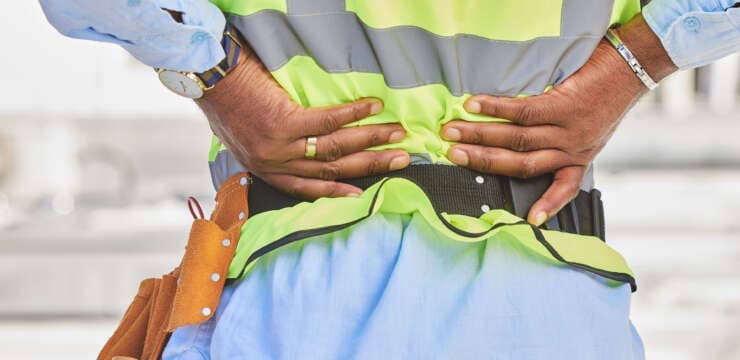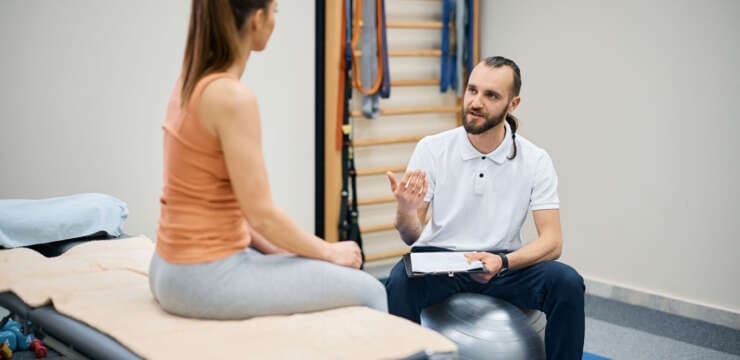Integrative Chiropractic Care and Nurse Practitioners: A Powerful Team for Better Health Many people want to feel stronger, happier, and more energetic. Integrative chiropractic care,…
Chiropractic Chiropractic Examination Chiropractic News El Paso Chiropractic News Fitness Functional Medicine Health Health Coach Imaging & Diagnostics Injury Care Integrative Medicine Nutrition and Wellness Obesity Pain Personal Injury Professionals Screening Tests Seniors Spinal Hygiene Stress Treatments Work Injuries
5 days ago
17Views 0Reactions 0Comments
Chiropractic Chiropractic Examination Chiropractic News El Paso Chiropractic News Fitness Functional Medicine Health Health Coach Imaging & Diagnostics Injury Care Integrative Medicine Nutrition and Wellness Obesity Pain Personal Injury Professionals Screening Tests Seniors Spinal Hygiene Stress Treatments Work Injuries
5 days ago
17Views 0Reactions 0Comments
A Powerful Team for Better Health Outcomes
Chiropractic Chiropractic Examination Chiropractic News El Paso Chiropractic News Fitness Functional Medicine Health Health Coach Imaging & Diagnostics Injury Care Integrative Medicine Nutrition and Wellness Obesity Pain Personal Injury Professionals Screening Tests Seniors Spinal Hygiene Stress Treatments Work Injuries
5 days ago
17Views 0Reactions 0Comments
Chiropractic Chiropractic Examination Chiropractic News El Paso Chiropractic News Fitness Functional Medicine Health Health Coach Imaging & Diagnostics Injury Care Integrative Medicine Nutrition and Wellness Obesity Pain Personal Injury Professionals Screening Tests Seniors Spinal Hygiene Stress Treatments Work Injuries
5 days ago
17Views 0Reactions 0Comments
















